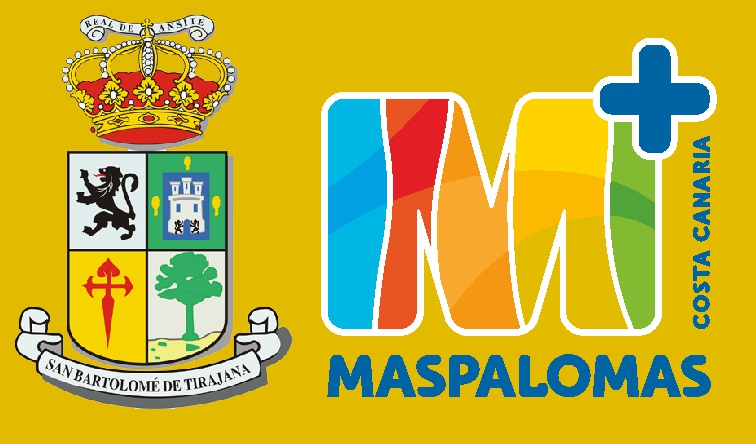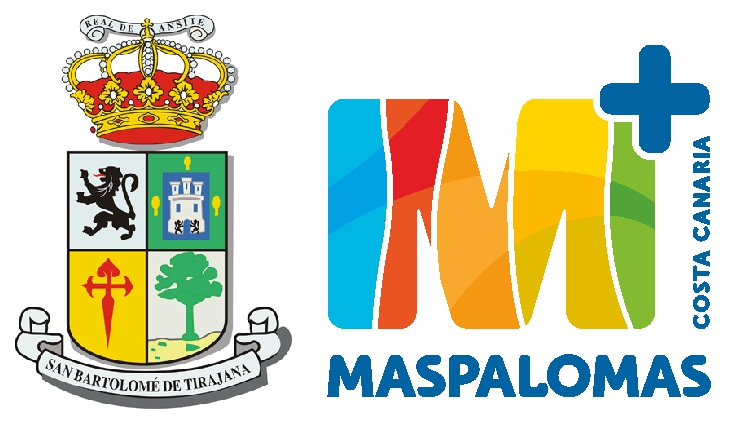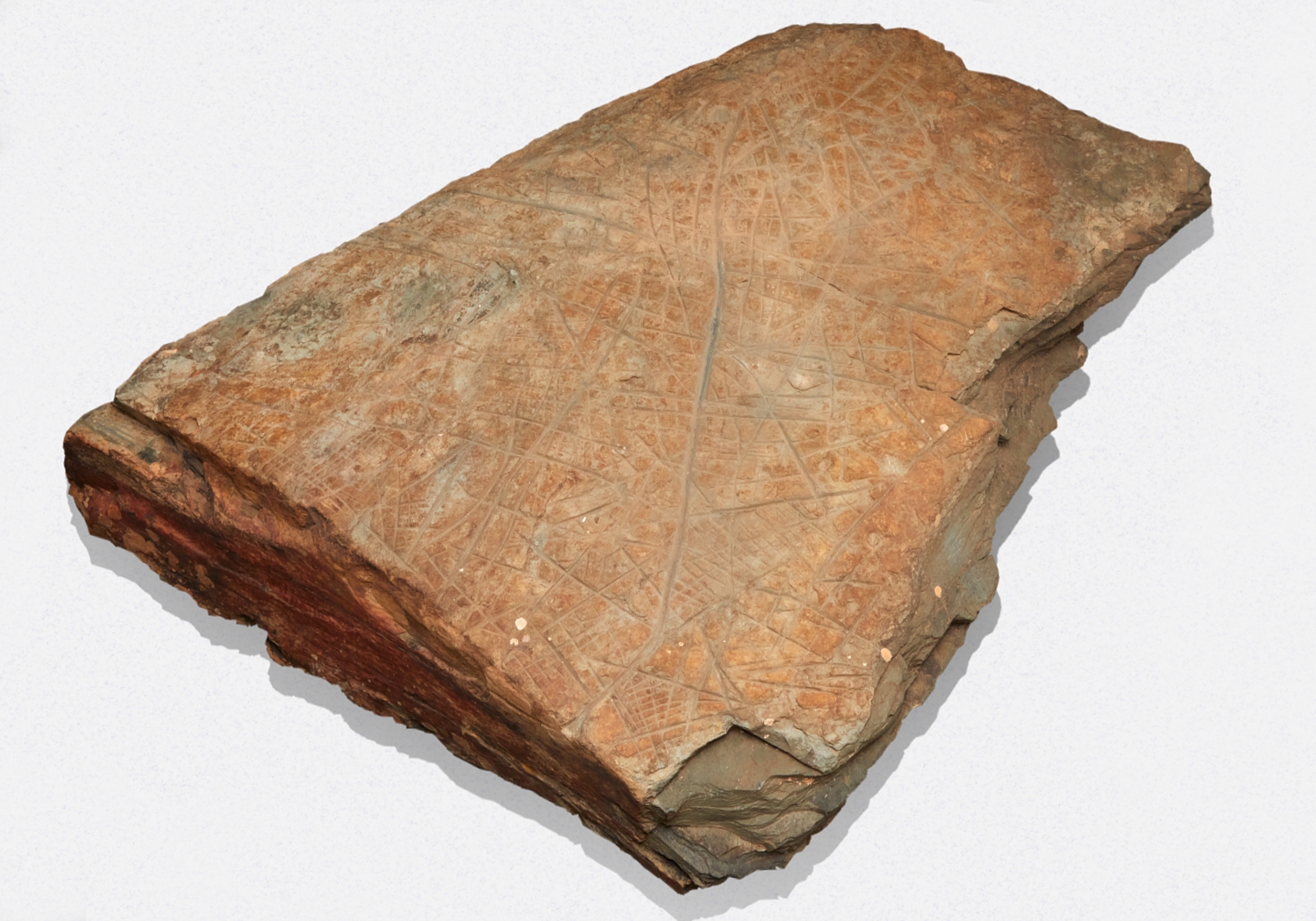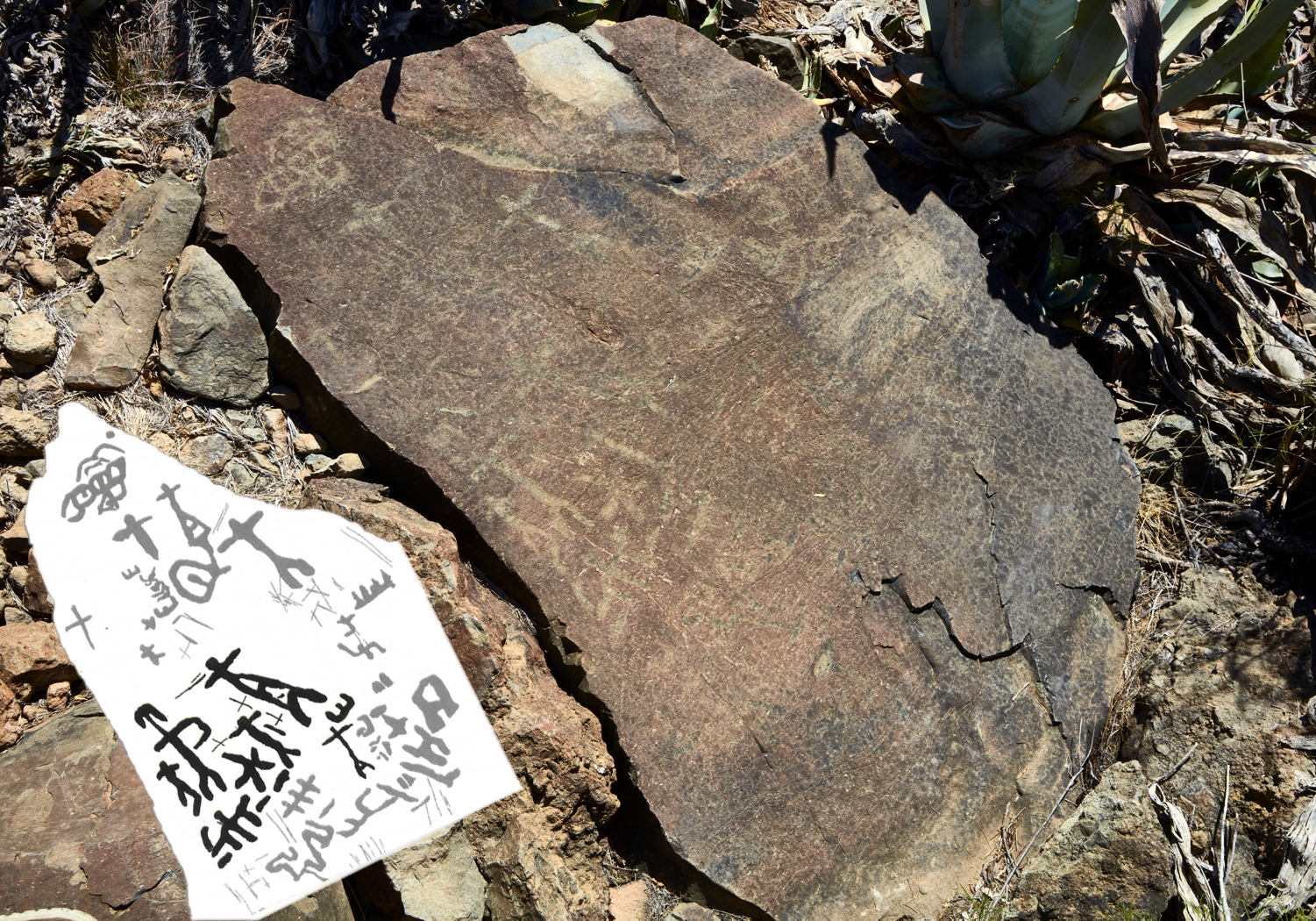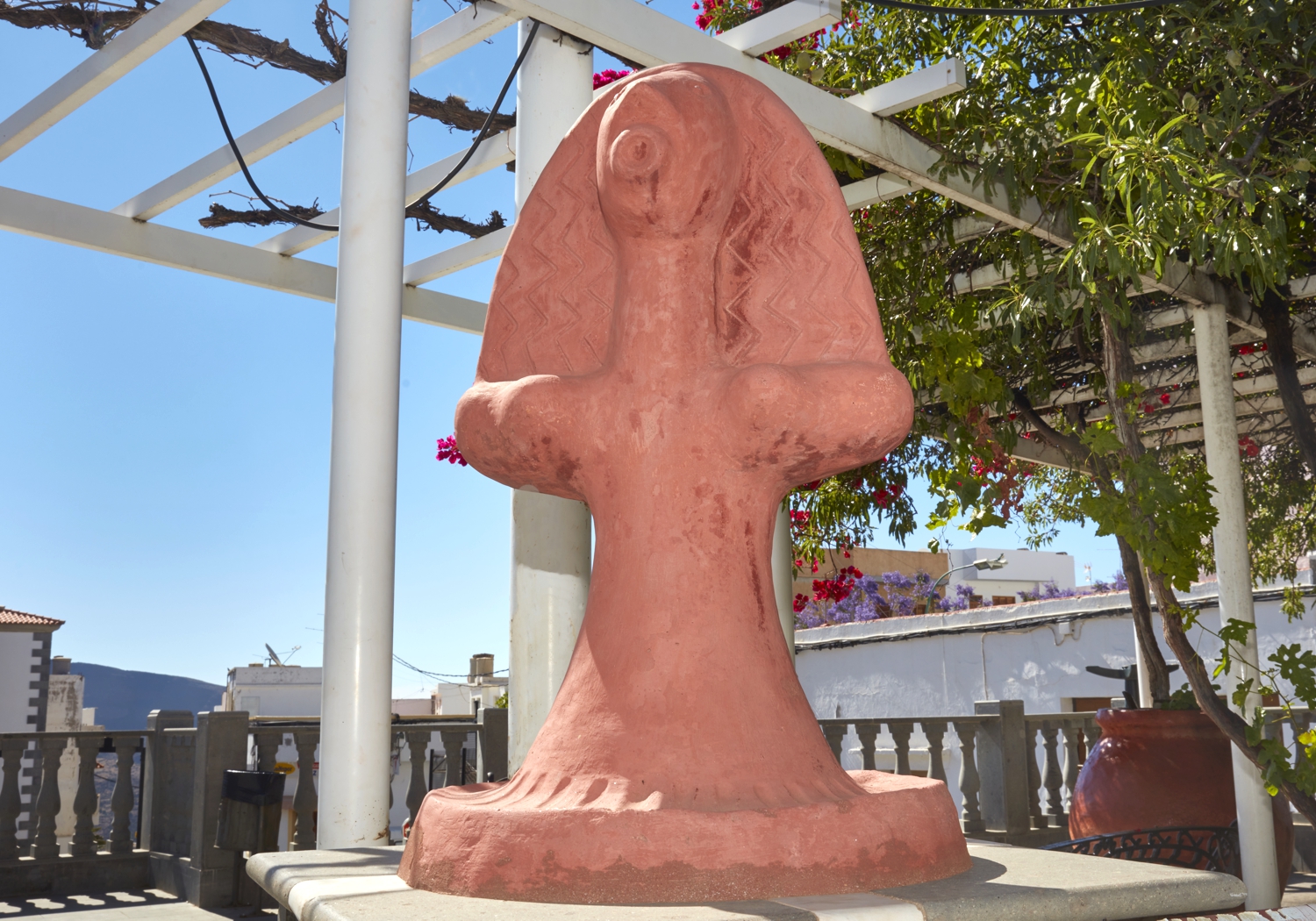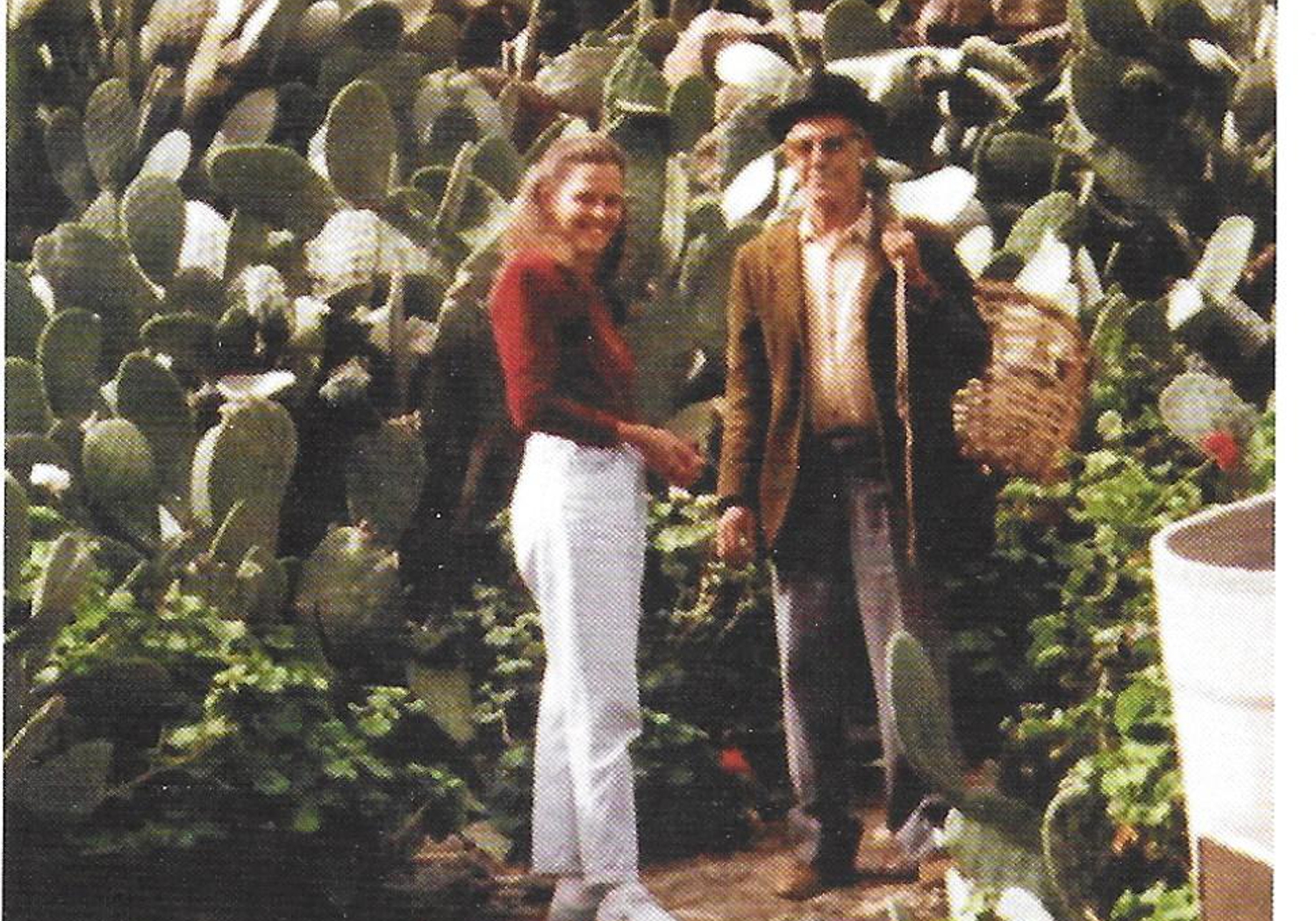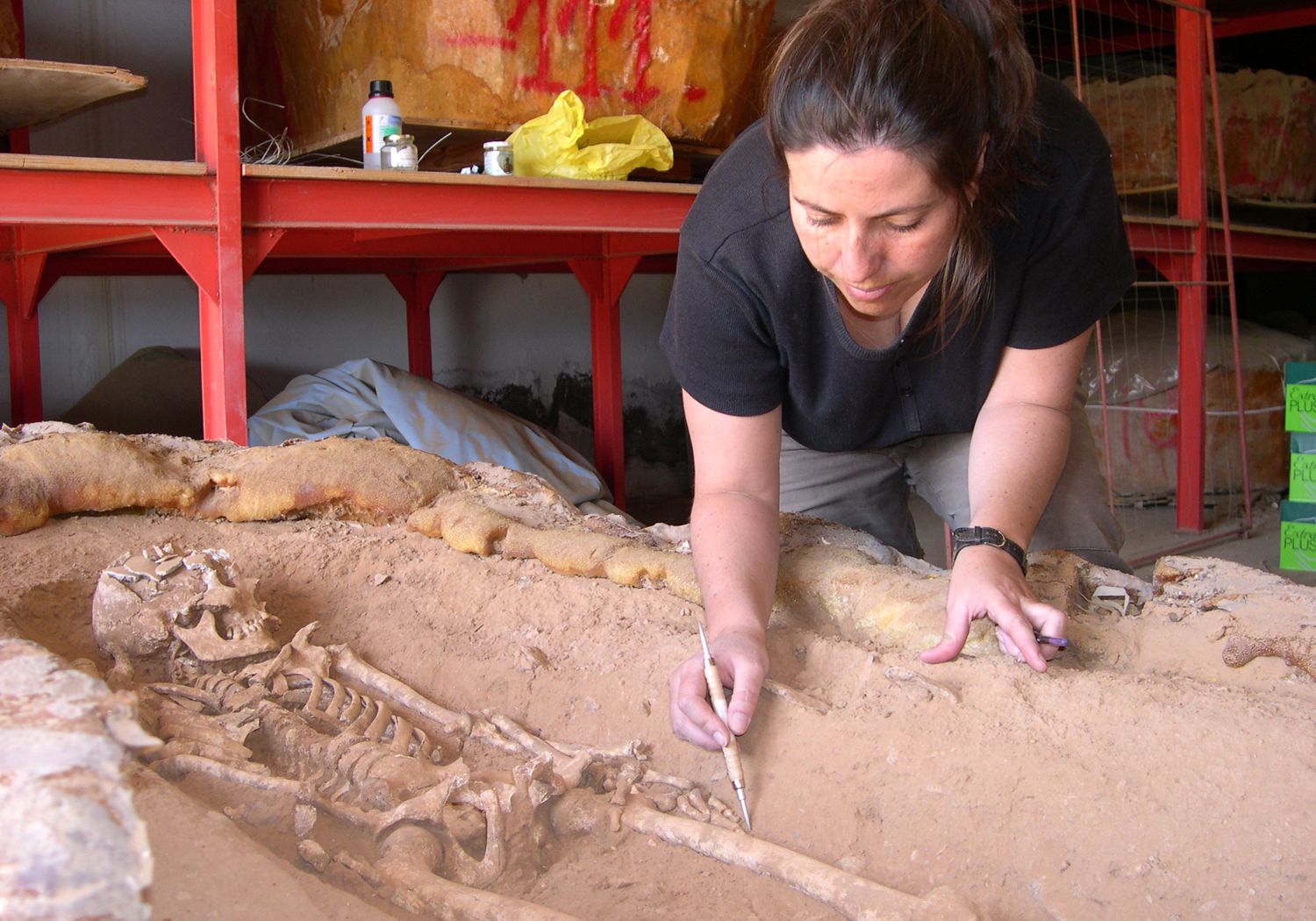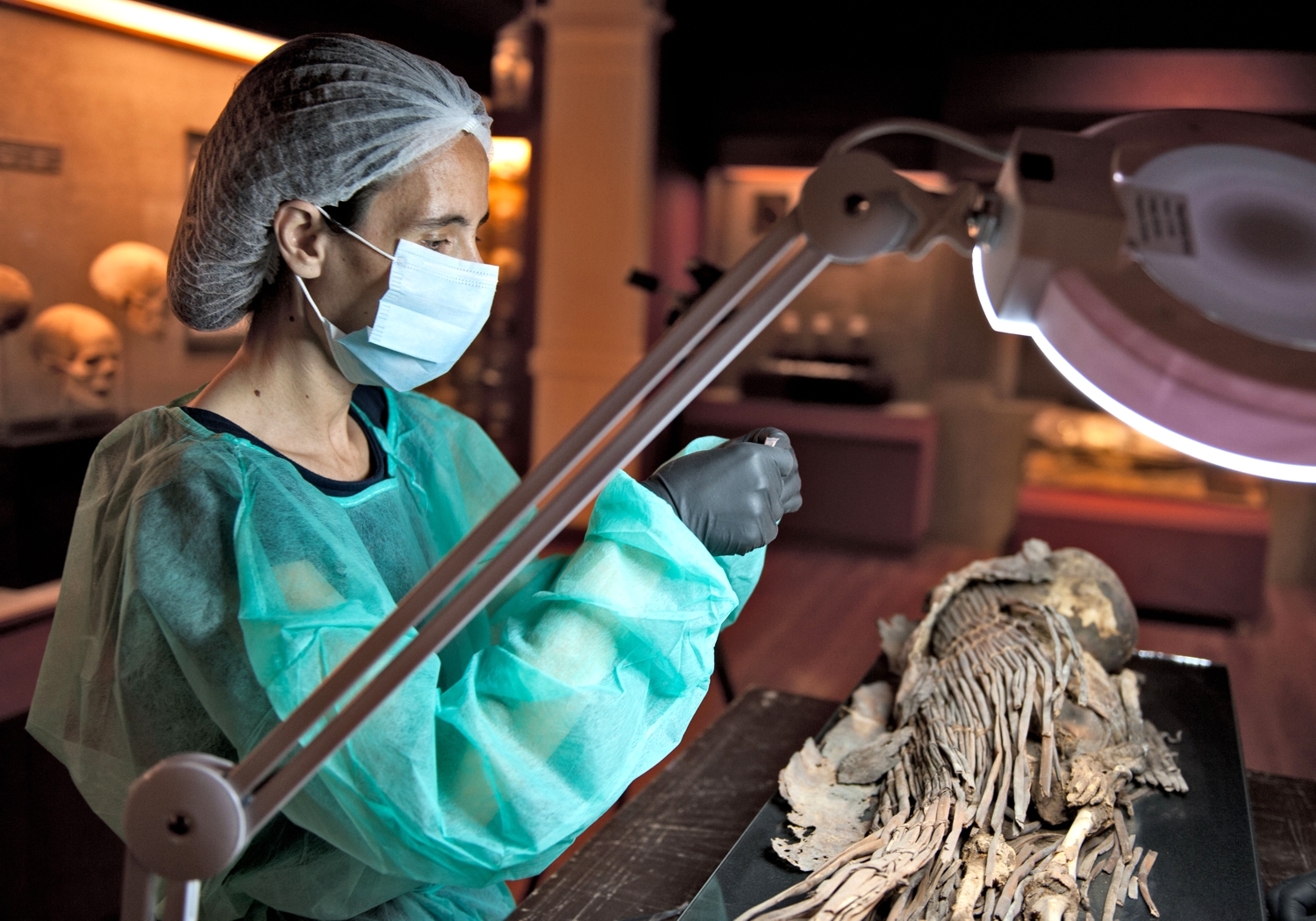Historical sources and archaeology
in San Bartolomé de Tirajana
Chronicles and ethnohistoric sources mention aspects and references to the first episodes of the Conquest and bring us closer to the way of life and customs of the ancient Canarians. In the French chronicle Le Canarien (1420) , toponyms and settlements of the ancient Canarians in the territory of San Bartolomé de Tirajana are cited. The works of Cedeño (1490-1500), Bernáldez (1495), Gómez Escudero (1550-1602), Torriani (1592), A. Galindo (1602), Sosa (1678), Marín y Cubas (1687), Viera y Clavijo (1772) Millares Torres (1880)…etc, contribute to the knowledge of different historical features.
Archaeological investigations in the municipality date back to the end of the 19th century, with works by Berthelot (1842) but it is in 1880 with the foundation of “El Museo Canario” in Las Palmas de Gran Canaria, with researchers such as Grau-Bassas (1882). , Chil y Naranjo (1876) or the contribution of the French anthropologist Verneau (1878), when studies in Tirajana were promoted. In the 20th century, after the creation of the “Archaeological Excavations Commissariat” (1939-1955) and the figure of S. Jiménez Sánchez, numerous archaeological habitation, funerary or cult sites were discovered again, which will be published in Archaeological excavations of the National Plan for the years 1942-1943 and 1944 with contributions from enclaves in the Barranco de Arguineguín, Lomo Galeón, Cañada del Tostón, Barranco de Berriel or Altos de San Agustín, among others.
In 1948, the “Primitive History Seminar” became interested in prospecting the Barranco de Fataga, later they would be intensified with the exploration work of the “Archeology Commission of the Canary Museum” and the discovery of cave stations and prospecting on the slopes of Fataga and Tirajana.
After the creation in 1970 of the “Department of Archeology of the ULL”, professors MS Hernández Pérez and JF Navarro excavate habitation and funerary structures in El Pajar (Arguineguín) and in the Fataga ravine, the archaeologist R. Schlueter, focuses her investigations in the necropolis of Arteara that he extends to the area of Fataga and Amurga, information that he publishes in the Archaeological Map of the Barranco de Fataga ; Ecosystems of the Barranco de Fataga, its ethnography or “The Necropolis of Arteara. Impossible synthesis”.
At the end of the 1980s, as a result of the construction of the Tarajalillo-Pasito Blanco highway, the Lomo de Maspalomas necropolis was discovered, with more than 140 burials. After the delimitation of the burial pits, the sedimentary packages are extracted for their deposit in some industrial warehouses in Lomo Gordo, where they will be studied by V. Alberto and J. Velázquez. The dates by C14 point to a chronological framework of funerary use between the 11th century and the 14th century.
In 1997 the Magazine El Museo Canario, publishes the Archaeological Chart of the municipality of San Bartolomé de Tirajana elaborated by the “SAMC” in 1993, with a total of 97 archaeological sites in the municipality of which the Arteara Necropolis, Lomo Galeón, Los Caserones de Fataga, El Pajar-Santa Águeda, Rosiana, El Llanillo, Lomo Perera, Punta Mujeres or the Barranco de Fataga-Barranco de Los Vicentes. In 2018, promoted by the Cabildo, the company “Tibicena” updated the archaeological inventory, increasing the registry to 167 sites.
In 1998 Naranjo and Miranda published the Archaeological Guide to San Bartolomé de Tirajana, publicizing and divulging the municipal heritage.
In the coastal settlement of Punta Mujeres, between 2000-2005, an archaeological research, musealization and protective fencing project was developed in the Paseo de Meloneras promoted by the City Council and the Cabildo of Gran Canaria.
In recent years, the company “Arqueocanaria” has carried out educational activities and the musealization of the “Arteara Necropolis Interpretation Center” and, within the scope of the Meloneras Golf Course Partial Plan, archaeological excavations that reveal the structures of the houses of stone that are preserved from the town of Pocillo Real, Pasito Blanco and the funerary cave of El Hornillo.
